Deck & Commander Strategies
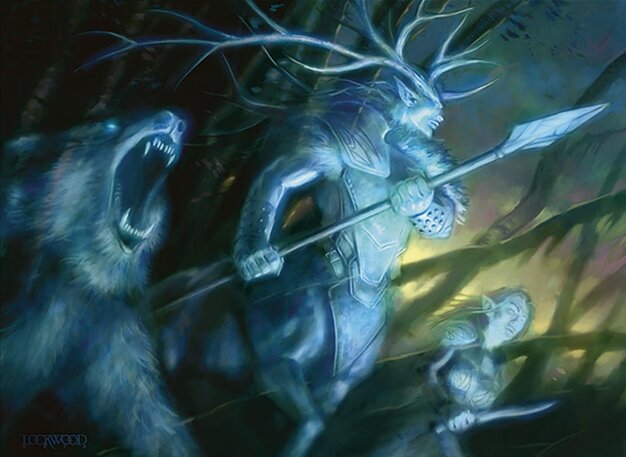
Karador, Ghost Chieftain
Control and value recursion deck that uses graveyard interactions to repeatedly bring back creatures and maintain board presence while controlling threats with mass removal.
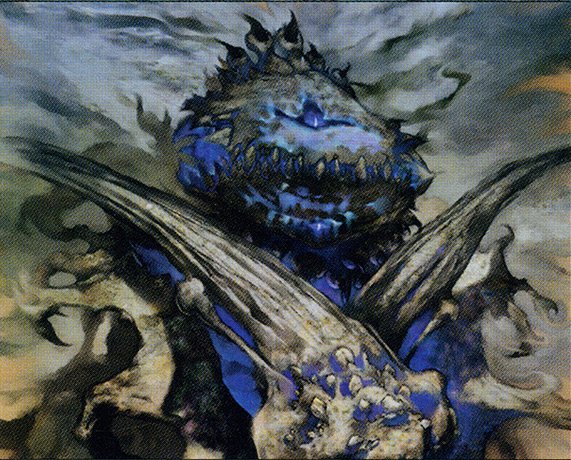
Mistform Ultimus
Copy and mimic strategy that leverages Mistform Ultimus’s ability to gain all creature types, enabling synergy with tribal effects and aggressive evasion.
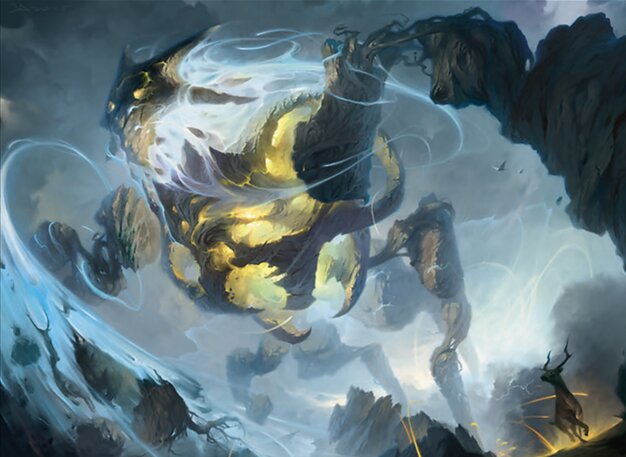
Maelstrom Wanderer
Cascade-focused deck that plays spells for free through cascade triggers, ramping mana and generating board presence quickly with powerful creatures and spells.

Kykar, Wind's Fury
Spell-slinger and token generator that creates spirit tokens from casting noncreature spells and uses them to generate value with equipment like Skullclamp and aggressive attacks.
Gameplay Insights
- 1
The use of Toxic Deluge to clear the board was a pivotal moment that allowed Karador to reset the game and maintain control.
- 2
Scott's cascade chains with Maelstrom Wanderer exemplified effective ramp and value generation through multiple free spells.
- 3
Adam's Kykar deck utilized Spirit tokens and Skullclamp synergy to maintain card advantage and incremental pressure.
- 4
Peter’s early Mystic Remora taxed opponents but was eventually removed, highlighting the risk of cumulative upkeep enchantments in multiplayer games.
- 5
Strategic use of bounce effects and making creatures indestructible (e.g., via Tumor Sabretooth) allowed Scott to protect key creatures and maintain board presence.
Notable Cards
-
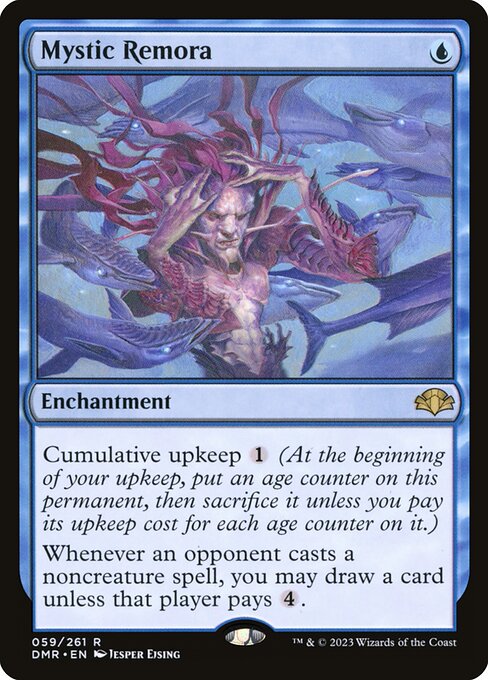
Mystic Remora
-
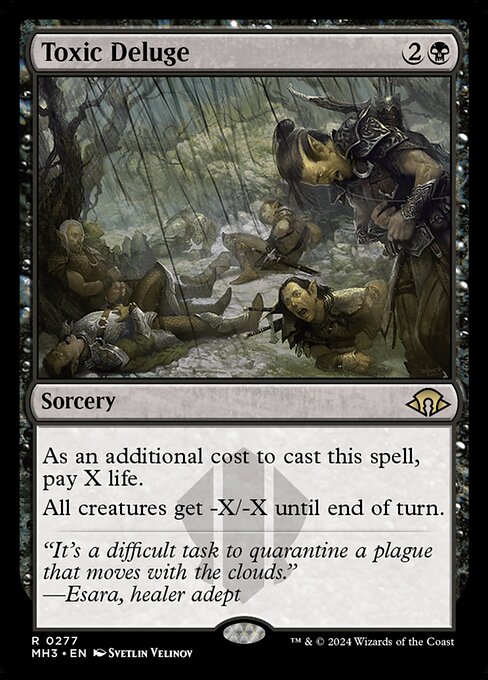
Toxic Deluge
-
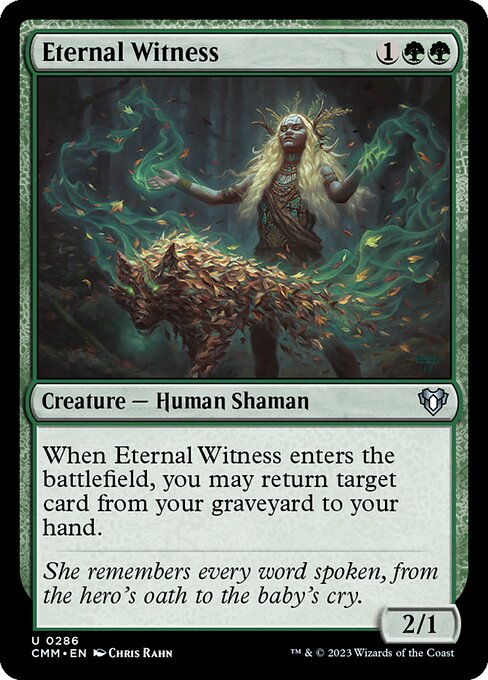
Eternal Witness
-

Skullclamp
-
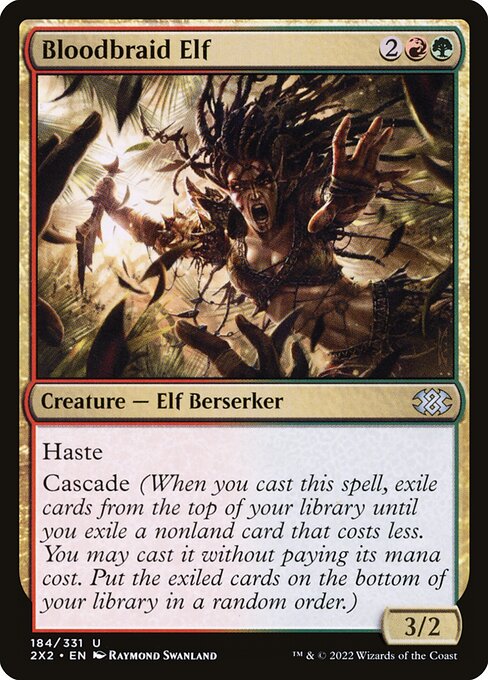
Bloodbraid Elf
-

Maelstrom Wanderer
-
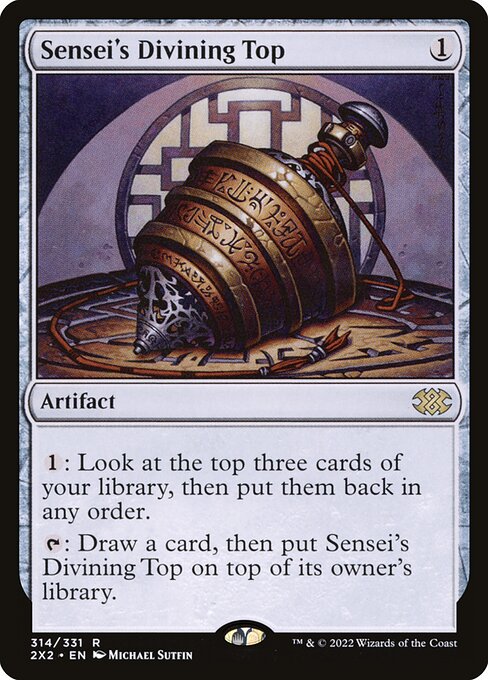
Sensei's Divining Top
-

Life from the Loam
-
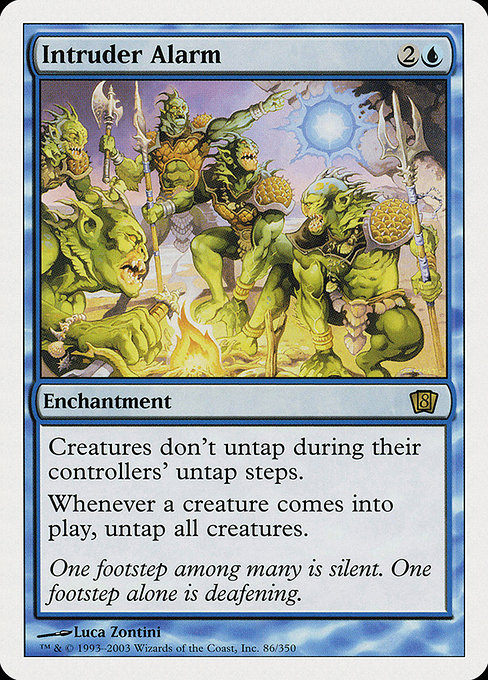
Intruder Alarm
-
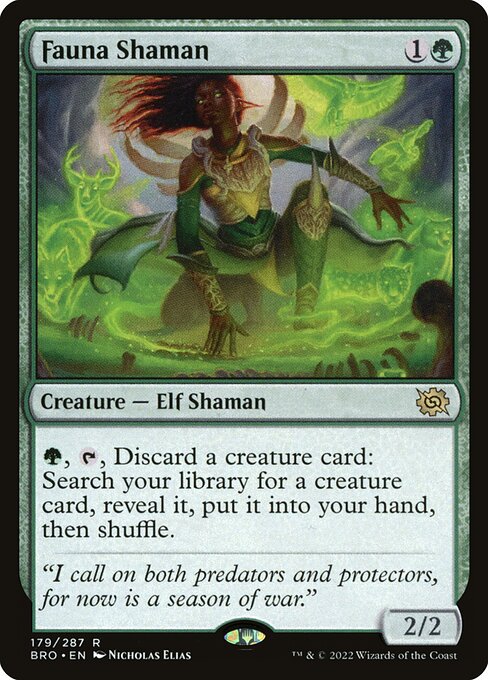
Fauna Shaman
Gameplay Summary
The game began with a slow but strategic setup from all four players, each developing their mana bases and early board presence.
Peter, playing Mistform Ultimus, used Mystic Remora to tax opponents' spells early, but this was eventually lost due to cumulative upkeep.
Scott’s Maelstrom Wanderer deck leveraged cascade spells to generate value and ramp quickly, while Adam’s Kykar deck focused on generating spirit tokens and leveraging card draw engines such as Sensei's Divining Top and Skullclamp.
The Karador deck, piloted by the narrator, sought to control the board with removal spells like Toxic Deluge and grind value through graveyard recursion using Eternal Witness and Life from the Loam. A key turning point was when the board was wiped clean by Toxic Deluge, allowing the Karador player to stabilize and reset the game state.
Meanwhile, Scott’s cascade chains and Adam’s token synergy maintained pressure, with Scott continuing to develop a strong board presence with creatures like Bloodbraid Elf and Lotuses for mana acceleration.
Peter’s Mistform Ultimus strategy revolved around copying other creatures and establishing evasive threats but was hampered by early disruption and removal.
The Karador player’s ability to recur threats and removal while maintaining card advantage put them in a strong position moving forward, setting up for a mid-to-late game grind and control-oriented win condition.









































